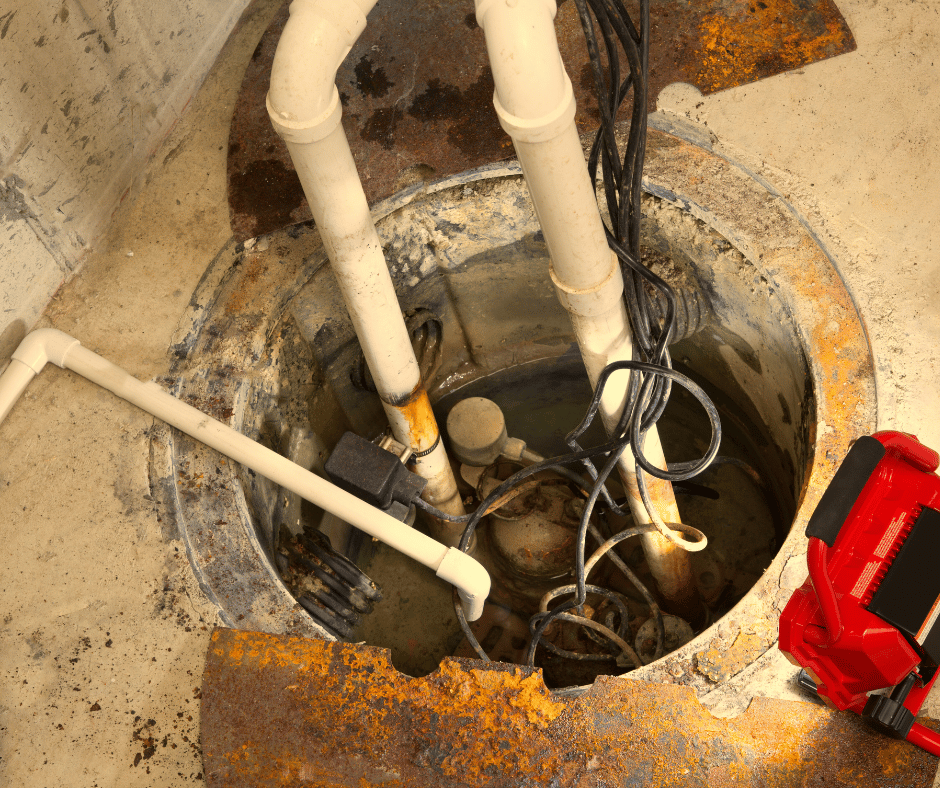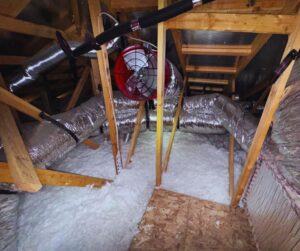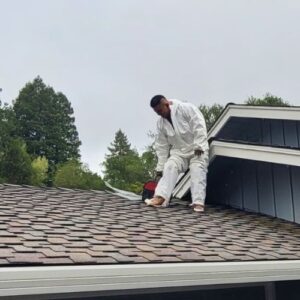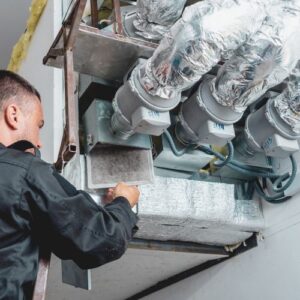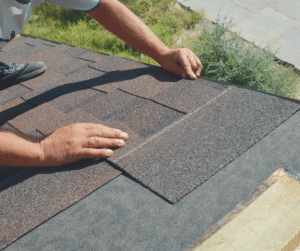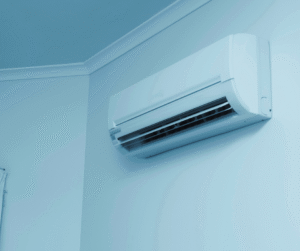When I first got into this trade, I thought plumbing and drainage would be straightforward. But then I started doing sump pump installation—and realized just how critical it is for homeowners, especially in areas with heavy rain, high water tables, or older foundations. If you’ve ever walked into a flooded basement, you know exactly what I’m talking about.
Why Sump Pump Installation Matters
Over the years, I’ve installed hundreds of sump pumps, and each one has told a story. Some were rushed in after a major storm. Others came too late—after water damage had already done its worst. Installing a sump pump isn’t just a smart move—it’s a preventive one. A proper sump pump installation protects your basement from flooding, mold, and structural damage.
A few weeks ago, I did a basement sump pump installation for a family that had dealt with water issues every spring. After the pump was in, they told me they finally felt peace of mind when it rained. That’s the kind of relief every homeowner deserves.
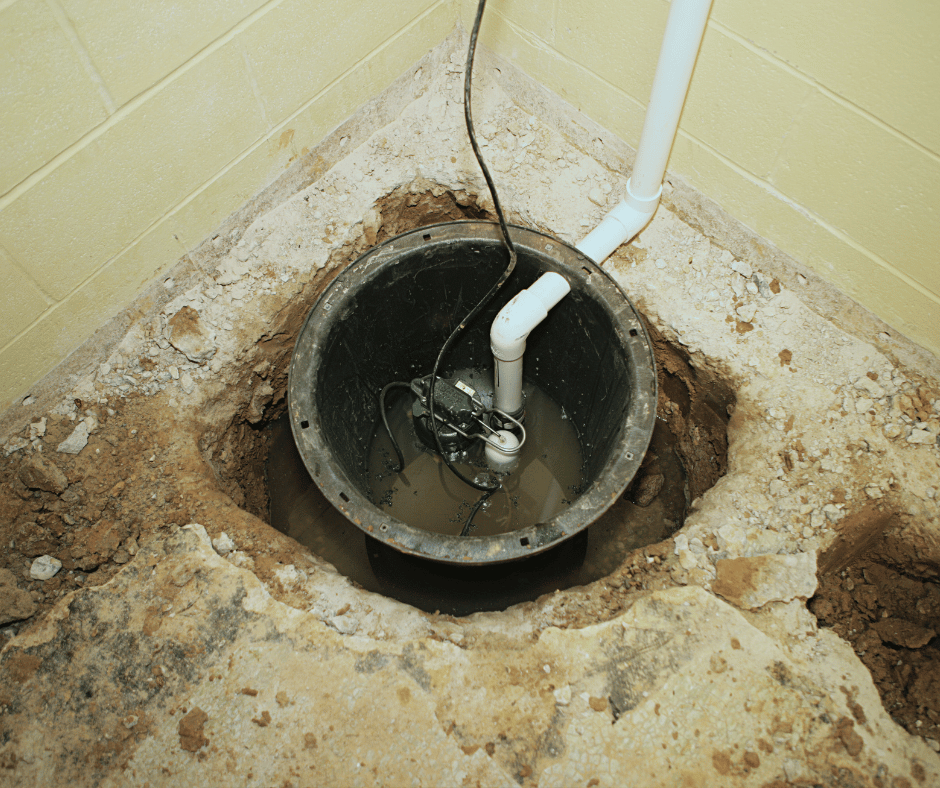
When You Should Consider a Sump Pump
People often ask if sump pump installation is really necessary. If your home has a basement or crawl space and you’ve noticed water seepage, musty odors, or pooling after a storm, the answer is probably yes. Even if you don’t have visible water, a high water table or poor drainage outside can lead to major problems over time.
I’ve visited homes that looked bone-dry on the surface—only to find watermarks and mold under the flooring. In those cases, sump pump installation services came just in time to prevent costly repairs.
What’s Involved in Sump Pump Installation Services
Each sump pump installation project starts with a site assessment. I check for existing drainage systems, measure the slope of the basement floor, and locate the lowest point where water collects. From there, we dig a pit (called a sump basin), install the pump, and run a discharge line to safely move water away from the foundation.
If we’re doing a basement sump pump installation, we may also install a backup pump, especially if the homeowner has valuable items in the basement. Power outages during storms are common, so we often recommend battery backups.
Many clients ask about noise levels and aesthetics. Modern systems are surprisingly quiet and easy to conceal. And when done properly, a good sump pump installation won’t disrupt your daily life—it’ll just quietly do its job.
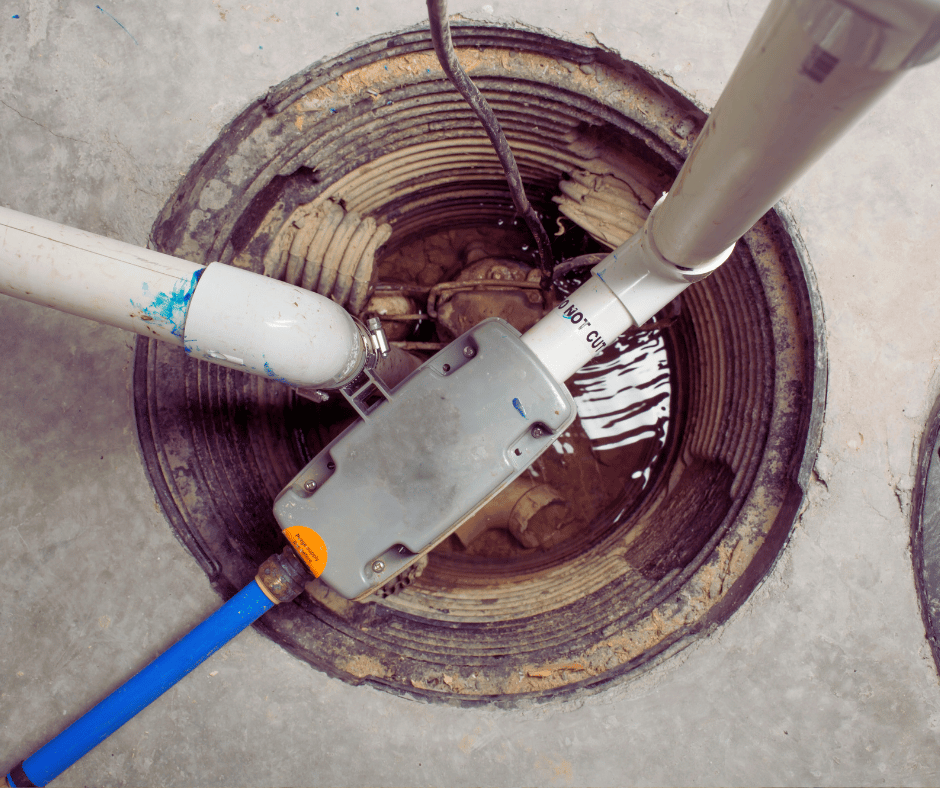
Understanding Sump Pump Installation Cost
Let’s talk dollars. Sump pump installation cost can vary widely, depending on your home’s layout and what you need. A straightforward installation with easy access might cost between $1,000 and $2,000. More complex systems—like those with battery backups, French drains, or concrete cutting—can bring the sump pump installation price up to $3,000 or more.
Keep in mind, these costs aren’t just for the pump itself. You’re also paying for labor, materials, permits, and warranty coverage. The good news is, most reputable sump pump installation services offer free estimates and walk you through the pricing before work begins. I always break things down for clients so they know exactly what they’re getting.
Why DIY Isn’t Always Worth It
I get it—some folks are handy and want to save money. But a DIY sump pump installation can quickly turn into a costly mistake. If the pump isn’t installed at the right depth, or the discharge line isn’t properly graded, water can back up or flood right back into your home.
A few months ago, I got called out to fix a failed basement sump pump installation where the homeowner had used the wrong basin size and ran the discharge pipe uphill. After redoing the whole thing, they admitted they should’ve hired someone from the start.
Professional sump pump installation services don’t just do the job fast—we do it right. That means waterproof seals, code compliance, and long-term reliability.
Finding Sump Pump Installation Near Me
If you’re online searching “sump pump installation near me,” chances are you’re either dealing with water problems or trying to prevent them. That’s a good instinct. I always recommend choosing a local contractor who understands the soil, climate, and common drainage issues in your area.
Local experience matters. I know how different neighborhoods react during the rainy season. Some areas flood with just an inch of rain. Others have old, poorly sloped basements. A big-box company might miss those nuances—but someone local, who does sump pump installation services every week, won’t.
What to Expect After Installation
Once your sump pump installation is complete, your home will be much more resilient. You’ll notice reduced humidity, fewer musty smells, and peace of mind when storms roll in.
We usually walk our clients through basic maintenance—like checking the float switch every few months, or testing the battery backup before winter. A well-maintained system can last 7–10 years, sometimes longer.
If something goes wrong, our sump pump installation services include full support, diagnostics, and fast replacements. That’s the difference between hiring a professional and rolling the dice.
Final Thoughts: Invest in Dry and Safe Living
Sump pump installation might not be the flashiest upgrade to your home, but it’s one of the most important. It protects your foundation, your air quality, and your family’s peace of mind. Whether you’re dealing with occasional puddles or full-on flooding, don’t wait for the next storm to decide.
And if you’re comparing sump pump installation cost, looking for reliable sump pump installation near me, or weighing your options for basement sump pump installation, feel free to reach out. I’m always happy to walk you through it—no pressure, just straight answers.

